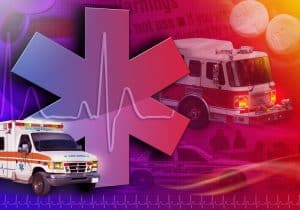Emergency Kiosks – Communication Systems

Some of the situations where campus-wide communication system is considered:
- Education facilities including high schools, universities, junior and technical vocational schools.
- Anywhere where a large number of people are congregating which can be a retail mall location outdoor where people are walking around.
Some specified features of emergency kiosks include:
- LCD or similar screen that the City can easily upload information, advertisements or emergency notifications from a control room
- CCTV that is remotely accessible by a control room
- Incorporation of an approved automated external defibrillator (“AED”) approved by the City
- First Aid equipment
- Air quality and micro climate sensors
- Advanced features include automatic activation upon retrieval, voice and text use instructions, automated self-tests, etc.
- Emergency kiosk provides for a mechanism to connect with 9-1-1
- Panic Functions
- Public WiFi
- Footfall analytics (traffic)
- Able to interface with transportation systems
- Emergency kiosk shall include surveillance cameras
- Emergency kiosk to include intercom, microphone, speakers to allow for two-way communication
- Emergency kiosk should be climate controlled, if necessary.
- Shooter detection systems
- College-wide communication systems
- Zoning
- connectivity to mobile Apps and devices to speed evacuation with safe route notification.
We’ll include a couple of representative RFPs.
- TX-Emergency-Frisco-DM1484_581_5_1808-108RFP_Emergency_Kiosks
- MO-Kiosks-DM1460_922_1_RFP-Information-and-Emergency-Kiosks-in-St-Louis
- Colorado-digital signage-SW-18131_2018_08_23_11_36_54_4V6Nz_50853_bePJB RFI-817-18I College Wide Emergency Communications Solution
More Resources
- Consulting for emergency kiosks – Michael Dorety

|
Craig is a senior staff writer for Kiosk Industry Group Association. He has 25 years of experience in the industry. He contributed to this article. |




